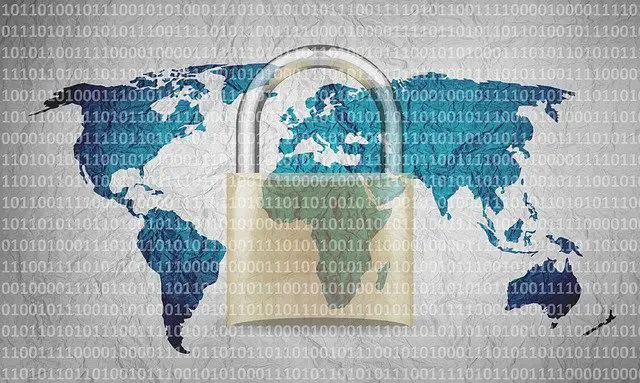As we pass the first quarter of 2021, we see that we are relying on technology and the internet more than ever before. Due to the pandemic, the world has indeed come to a standstill. However, it hasn’t stopped cyber criminals from launching their nasty ransomware attacks and stealing data by hacking and attacking sensitive information from businesses, institutions, and whatnot.
Since everything has become digitized, we can expect the following cybersecurity threats to emerge in 2021.
Ransomware Attacks
Did you think that you were immune to ransomware attacks? Think again – given the profitability gained from ransomware, you can expect this cybercrime to have a strong comeback in 2021. Ransomware had first gained attention in 2017. However, in the current situation of increased remote working and more businesses becoming digitized, ransomware is suspected to be launched more maturely and strategically.
That said, you can expect a new generation of ransomware attacks that will be more aggressive yet sophisticated than before. You might be wondering how this is possible. It is speculated that the new ransomware attacks are integrated with AI (Artificial Intelligence), which is also one of the basic reasons that these attacks will seamlessly surpass through the best software for malware detection.
Even the tiniest entry point could cause the entire network to get infected and corrupt crucial business data. The best way to stay safe from ransomware attacks is to look up ransomware solutions that actually work in current times and by creating solid data backup to prevent cybercriminals from demanding money from you.
Cloud Attacks
As more businesses are getting digitized and remote working has become the new norm (due to the ongoing pandemic), companies have no other choice but to integrate cloud technologies to ensure that the entire remote team is on the same page.
However, the setting up of collaborative cloud spaces has its dark side too. Not to mention that insecure home networks can even make things more vulnerable to cybersecurity threats while complicating security matters even further.
Resultantly, cybercriminals are on the constant watch-out for weak and vulnerable spots to enter your systems, including the not-so-secure home networks of your employees. Nonetheless, smart ways to secure your cloud and data centers by integrating a strict access system, integrating a third-party solution, and implementing a virtual firewall. As an employer, you could also integrate a multi-factor authentication method or biometrics for an improved access control system.
Social Media Spoofing
Have you heard about the term “deep-faking” before? If the answer is no, let us tell you that it is a combination of “deep learning” and “faking”, which is a new tactic of cybercriminals. Hence, this strategy is most commonly found on social media, hence, the term “social media spoofing”.
This technique is different from conventional cybersecurity threats, while the underlying objective is to spread misinformation while using fake accounts on social media platforms. Social media spoofing is hard to detect as malicious attackers have leveled up their game and share conspiracy theories that are too good and authentic-looking to be false.
You can train your employees and loved ones about how to avoid becoming a victim of social media spoofing. Ensure to double-check and cross-reference everything before clicking to agree to anything or spreading a post on social media. You will be surprised to know the depth of how fake social media is. Undoubtedly, social media platforms are essential to reach your target audience and boost brand awareness. However, only spread information that comes from reliable sources to prevent fake posts from getting vital and fooling the masses.



![Stuck? How to Break Out of That Rut [7 Tips For Creativity]](https://scubby.com/wp-content/uploads/2021/05/creativity-150x150.png)